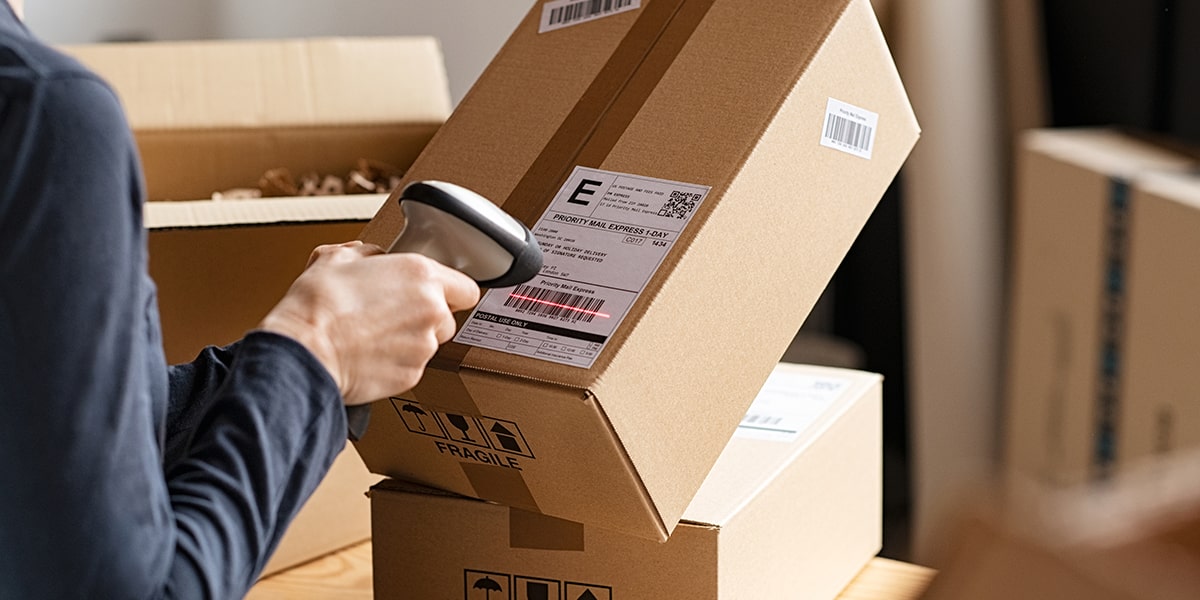Migration Testing of Chemicals from Packaging to Products
Migration testing is a critical component in ensuring that packaging used for consumer products does not contaminate the contents with harmful chemicals. This testing is essential for compliance with international standards and regulations aimed at protecting public health and safety. In this service, we focus on the migration of chemicals from packaging to products, which can occur through various mechanisms such as diffusion or leaching. The primary goal of this testing is to identify any potential risks associated with the use of specific packaging materials in contact with certain product types.
The process involves simulating real-world conditions under which the package and its contents might interact. This includes temperature, humidity, and exposure time that are relevant to the expected shelf life and storage conditions. The testing can be conducted on various types of packages such as containers, bags, or wraps used for food, beverages, personal care products, pharmaceuticals, and more.
Our laboratory uses state-of-the-art equipment and methodologies to conduct these tests in accordance with international standards like ISO 10397:2018. This ensures accuracy and reliability of the results that can be trusted by regulatory bodies, manufacturers, and consumers alike. The test methods are designed to mimic actual use conditions as closely as possible so that any potential issues can be identified before they become a problem.
From a technical perspective, we start with careful specimen preparation which involves selecting representative samples of the packaging material and filling them with appropriate contents according to the test protocol. Once prepared, these specimens undergo exposure under controlled environmental conditions over specified durations. After this period, the contents are analyzed for the presence of any migrated chemicals using sophisticated analytical techniques such as gas chromatography-mass spectrometry (GC-MS).
The results provide detailed information about which chemicals have migrated and their concentrations in the product. This data is then used to determine whether the packaging complies with relevant safety regulations, including those set forth by regulatory authorities like the FDA or EU directives.
| Test Specimen | Conditions Applied | Chemical Analysis Method | Regulatory Compliance |
|---|---|---|---|
| Film packaging | 25°C, 60% RH for 14 days | GC-MS | FDA CFR Title 21 Part 178.3579 |
| Bottle | 40°C, 100% RH for 28 days | LC-MS/MS | EU Regulation (EC) No 10/2011 |
| Jar | -5°C to +35°C with cycling over 48 hours | NMR Spectroscopy | ISO 11607:2019 |
The findings from such testing are crucial for ensuring that all products meet rigorous safety standards before they reach the market. By identifying any potential risks early in the development process, manufacturers can make informed decisions about material selection and formulation adjustments to avoid costly recalls later on.
Why It Matters
Migrating chemicals from packaging into products pose significant health hazards if they exceed acceptable limits. These contaminants could include substances like phthalates, bisphenol A (BPA), or perfluorinated compounds (PFCs) that have been linked to various adverse effects ranging from reproductive disorders to cancer risks.
Regulatory bodies around the world enforce strict guidelines on permissible levels of these chemicals in food contact materials and articles. For instance, the FDA requires specific limits for metals like lead and cadmium in infant formula containers under 21 CFR Part 178. These regulations are designed not only to protect consumers but also to foster consumer trust by instilling confidence that manufacturers adhere to stringent quality control measures.
In addition to safeguarding public health, compliance with these standards helps businesses avoid legal disputes and penalties associated with non-compliance. It also enhances brand reputation by demonstrating commitment to sustainability practices which are increasingly important factors for consumers when making purchasing decisions.
Customer Impact and Satisfaction
- Reduced risk of product recalls due to chemical contamination.
- Increased consumer confidence in the safety of purchased goods.
- Potential cost savings from early identification of problematic packaging materials.
- Better alignment with international regulatory requirements reducing compliance costs and timeframes.
- Enhanced brand reputation through adherence to stringent quality control protocols.
Use Cases and Application Examples
Migration testing plays a vital role across multiple industries where packaging comes into direct contact with products. Here are some specific scenarios:
- Food & Beverage Industry: Ensuring that cans, bottles, or jars used for storing perishable items do not leach hazardous chemicals into the contents.
- Pharmaceutical Sector: Verifying that vials and ampules used to store medications contain no harmful substances that could affect patient health negatively.
- Paper & Packaging Industry: Determining whether printing inks or adhesives used on cardboard boxes release any toxic compounds into the enclosed items like books or toys.
In each case, thorough migration testing ensures that the packaging material is safe for its intended use and does not compromise the integrity of the product it protects. This practice contributes significantly to maintaining high standards in consumer goods manufacturing worldwide.





